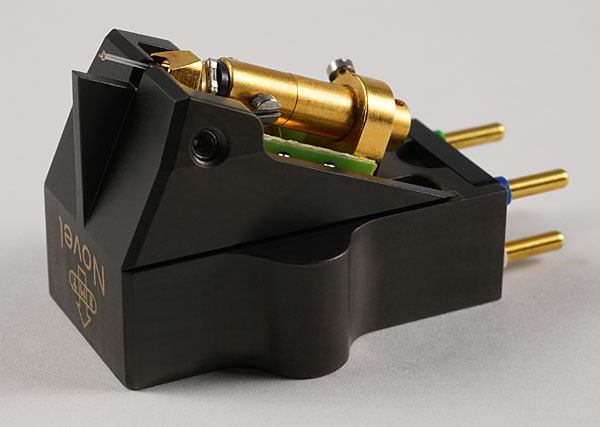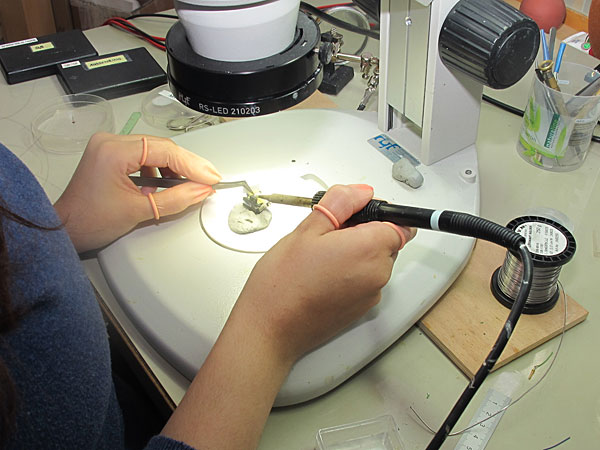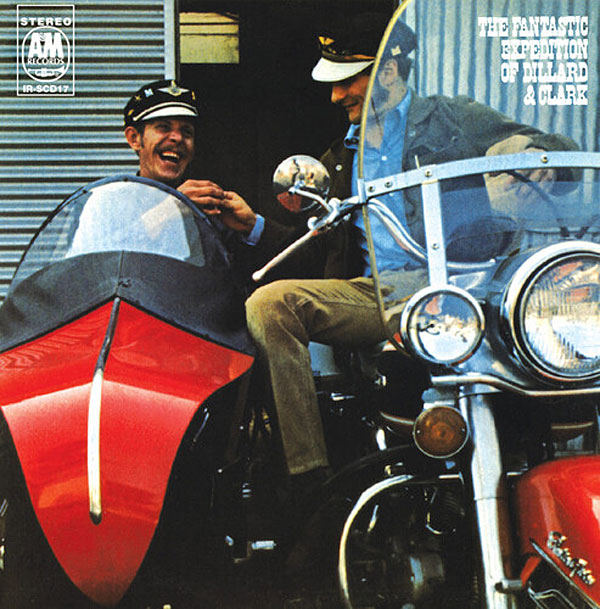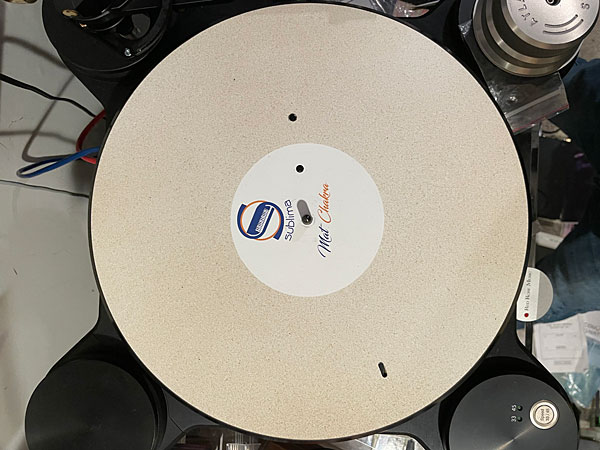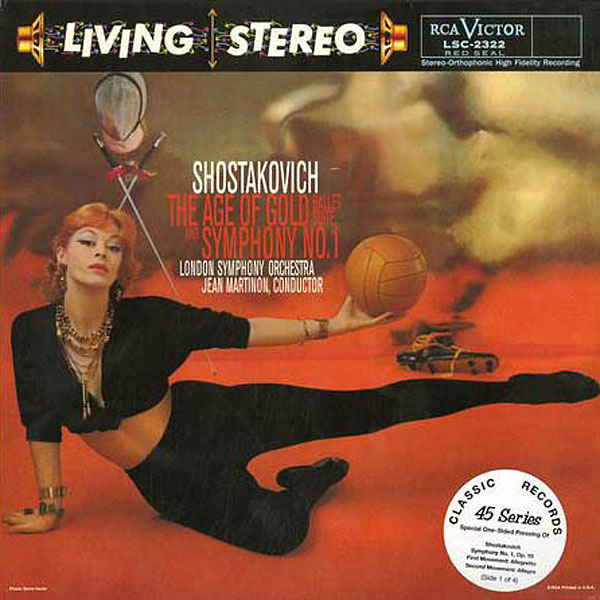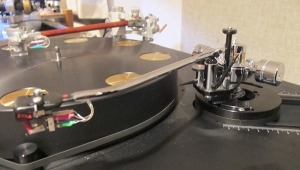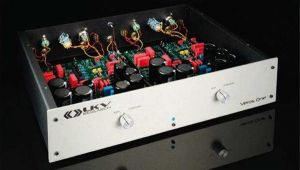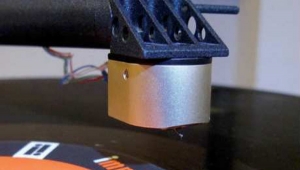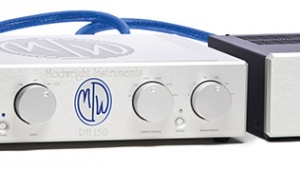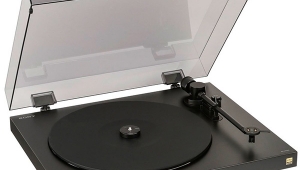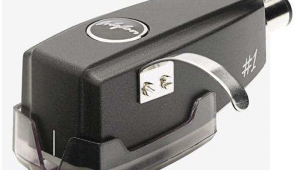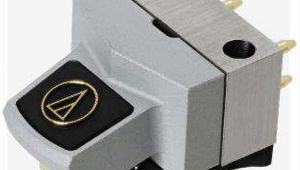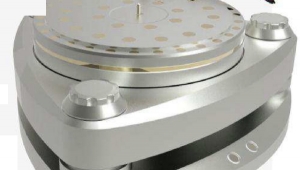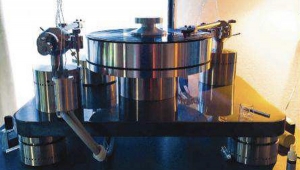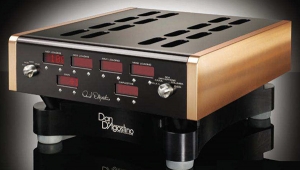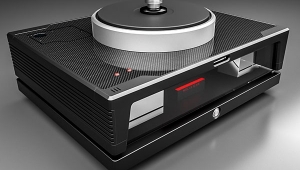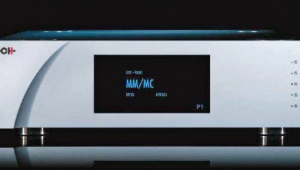| Columns Retired Columns & Blogs |
I think it's wrapped around the stylus! If you look closely, there is a light blue ring around and near the top of the stylus as well! It's like a cute ascot! Lol...
I think this situation is the only reason (truly) I will hang on to my DS Audio ST-50. I just had this situation for myself this month, but it has happened quite a few times in the past. Use the Flux Hifi electronic cleaner or the ST-50... it worked for me.
Thank you for the immensely helpful work you do to bring out the cutting edge of analog and bring new important developments like WAM's (and the dangers of gel-based stylus cleaners), every month.
